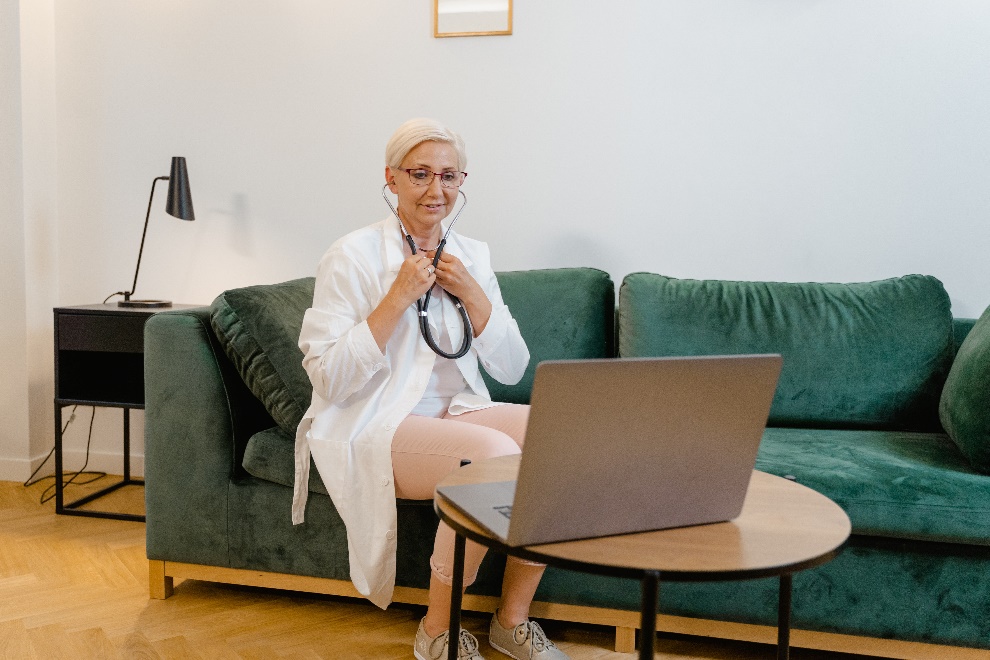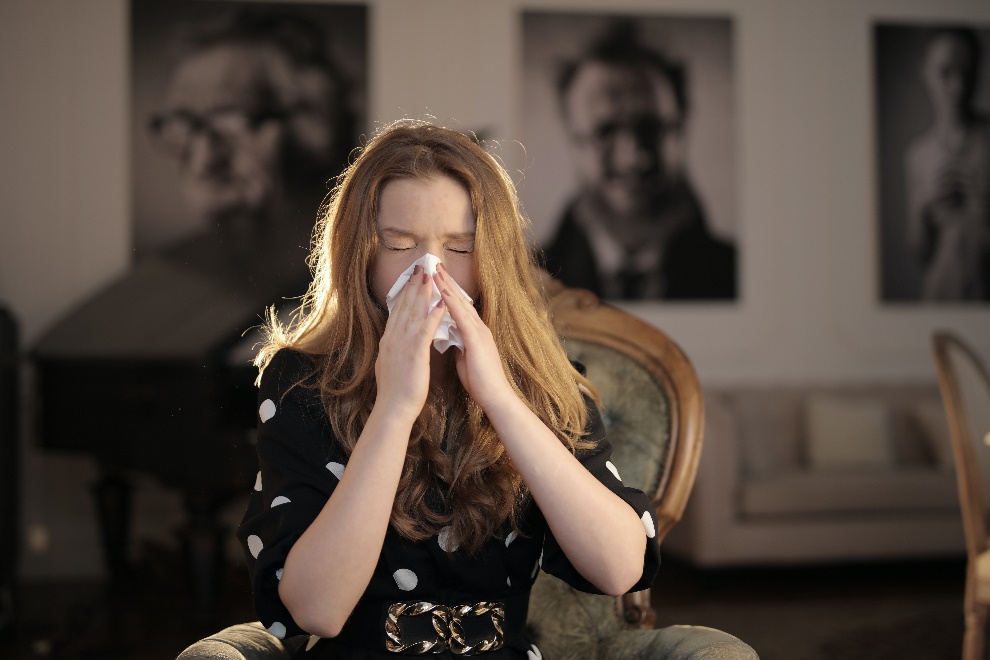Sick leave is an essential part of employee well-being, ensuring that individuals can take the necessary time off to recover from illness while also preventing the spread of contagious diseases. However, deciding when to stay home and when to push through minor symptoms can be a tricky balance for many workers. In this blog, we’ll explore the guidelines for navigating sick leave, the importance of obtaining a doctor’s note for work, and how to handle situations like Family and Medical Leave Act (FMLA) certification. We’ll also discuss strategies for minimizing the impact of illness on both employees and employers.
1. The Importance of Sick Leave
Sick leave allows employees to recover without the added stress of losing pay or worrying about their job security. By taking the necessary time to rest, individuals not only improve their own recovery but also prevent the spread of illness in the workplace, reducing the overall impact on productivity.
For employers, promoting a clear sick leave policy helps maintain a healthier workplace, reduce long-term absences, and improve employee morale. Having clear guidelines on navigating sick leave and understanding when it is appropriate to stay home or come to work can prevent conflicts and ensure that both the employee’s health and workplace productivity are protected.
2. When to Stay Home: Recognizing the Signs
Sometimes, it can be difficult to decide whether symptoms are severe enough to warrant staying home. Many employees feel pressure to work through minor illnesses, worried about falling behind or being seen as unreliable. However, certain signs indicate that taking a sick day is the best course of action:
· Contagious Symptoms
If you are experiencing symptoms that are likely contagious, such as a fever, persistent cough, vomiting, or diarrhea, it’s best to stay home. Even if you feel like you can work through these symptoms, coming to the office while contagious can put your coworkers at risk and contribute to the spread of illness.

· b. Inability to Perform Job Duties
If your illness is affecting your ability to perform your job safely and effectively, it’s time to take a sick day. For example, severe headaches, dizziness, or fatigue can impair judgment and productivity, potentially causing mistakes that could have been avoided if you were well-rested.
· c. Worsening Condition
Ignoring symptoms and continuing to work can exacerbate your illness, making it worse in the long run. Taking the necessary time to rest early on may reduce the duration and severity of your illness, allowing you to return to work more quickly.
3. When to Power Through: Minor Symptoms and Remote Work
There are situations where mild symptoms can be managed while still fulfilling your work responsibilities. In today’s flexible working environments, many employees can work remotely, which may be a suitable option if you’re feeling under the weather but still able to perform your job duties.
· Mild Cold Symptoms
If you’re experiencing mild cold symptoms like a runny nose or slight fatigue but don’t feel incapacitated, it may be possible to work from home or go into the office. However, it’s essential to monitor your condition and stay home if symptoms worsen or become contagious.
· b. Allergies
Allergy symptoms, such as sneezing, itchy eyes, and a runny nose, are often mistaken for a cold or flu. If you’re sure your symptoms are due to allergies and not an infectious illness, you can likely continue working without taking a sick day.

· c. Managing Chronic Conditions
Employees with chronic conditions such as migraines or autoimmune disorders may experience flare-ups that don’t necessarily require taking a full day off. If symptoms are manageable and don’t impact your performance, you might be able to power through with appropriate accommodations, like frequent breaks or a temporary change in workload.
4. The Role of a Doctor’s Note for Work
A doctor’s note for work is often required when employees take extended sick leave or miss work for medical reasons. Understanding when a note is needed, what it should include, and how it affects your sick leave rights is essential to navigating this process smoothly.
· When a Doctor’s Note is Required
Employers may request a doctor’s note after a certain number of consecutive sick days, typically more than three days, to confirm the legitimacy of your illness. Some workplaces also require a doctor’s note to approve sick leave pay or to ensure the illness is not a health risk to others in the office.
· b. What Should a Doctor’s Note Include?
A valid doctor’s note should include the following:
- Confirmation of your visit
- A diagnosis or a general reason for your absence
- The duration of your illness or recommended time off
- A date for reassessment, if necessary
It’s important to communicate with your employer about their specific requirements for sick leave documentation to avoid any misunderstandings.

· Returning to Work
Some employers may require a “fit to work” note after a prolonged illness to confirm that you are healthy enough to return. This is especially important if your illness is contagious or if your job involves safety-sensitive tasks that could be affected by your recovery.
5. Navigating Sick Leave with FMLA Certification
The Family and Medical Leave Act (FMLA) offers employees protection when they need to take extended time off due to serious health conditions. Understanding when FMLA certification is necessary and how to apply for it can help employees navigate the complexities of long-term sick leave.
· What is FMLA?
FMLA is a federal law that allows eligible employees to take unpaid, job-protected leave for specific medical and family reasons, such as:
- Personal serious health conditions
- Caring for a sick family member
- Adoption or foster care placement
Eligible employees can take up to 12 weeks of unpaid leave within a 12-month period. The FMLA ensures that your job (or an equivalent position) is protected while you are on leave and that you maintain health benefits during this time.

· How to Apply for FMLA
To qualify for FMLA, you need to:
- Work for a covered employer (typically employers with 50 or more employees).
- Have worked at least 1,250 hours in the past 12 months.
- Submit appropriate documentation and certificationof your condition from a healthcare provider.
- Communicate with your employer early on about your intent to take FMLA leave and provide the necessary paperwork to ensure a smooth process.
· FMLA vs. Sick Leave
While sick leave is typically used for short-term illnesses, FMLA covers serious, long-term medical conditions. Some employers allow employees to use accrued paid sick leave in conjunction with FMLA leave to minimize financial strain during recovery. Understanding the relationship between FMLA and your company’s sick leave policies is key to ensuring you take the appropriate time off without unnecessary complications.

6. Tips for Employers: Supporting Employees on Sick Leave
Employers play a crucial role in supporting employees who need to take time off due to illness. By creating a culture that prioritizes health and clear communication around sick leave policies, companies can foster a more supportive environment while maintaining productivity.
· Develop Clear Sick Leave Policies
Having a well-defined sick leave policy helps prevent confusion and ensures employees understand when and how to take time off. Include information about when a doctor’s note for work is required, how many sick days are allowed, and how employees can request extended leave under FMLA if necessary.
· b. Encourage Remote Work When Appropriate
For employees with mild illnesses or non-contagious conditions, offering the option to work from home can reduce the need for sick days while ensuring continued productivity. Make sure to set clear expectations for remote work and provide the necessary tools for employees to stay connected and productive from home.
· c. Promote Wellness Programs
Encouraging a healthy workplace can reduce the overall incidence of illness and the need for sick leave. Implement wellness programs such as flu vaccinations, mental health resources, and fitness initiatives to help employees stay healthy year-round.
· d. Foster Open Communication
Ensure that employees feel comfortable discussing their health needs and concerns without fear of negative repercussions. Open communication can help prevent misunderstandings about sick leave policies and ensure that employees get the support they need during illness or recovery.
7. Balancing Work and Recovery: Tips for Employees
Navigating sick leave effectively requires employees to understand their rights, know when to take time off, and maintain communication with their employer. Here are some tips for striking that balance:

· Listen to Your Body
Don’t ignore early warning signs of illness. Taking a day or two off when symptoms first appear may prevent the need for a longer recovery period down the line.
· b. Keep Your Employer Informed
If you’re taking sick leave, especially for an extended period, communicate with your employer about your situation. This includes providing any necessary doctor’s notes and keeping them updated on your expected return to work.
· c. Use Sick Days Wisely
Understand your company’s sick leave policy and use sick days for legitimate illnesses. Saving sick days for when they are truly needed ensures you have the time off available in case of more severe health issues.
· d. Plan for Remote Work, If Possible
If your symptoms are mild and your job allows for remote work, consider discussing this option with your employer. This allows you to manage your workload while also taking the time to rest and recover without spreading illness to your coworkers.

8. Making Informed Decisions on Sick Leave
By understanding when to stay home, when to push through, and the role of a doctor’s note for work or FMLA certification, employees can make informed decisions that benefit both their well-being and their workplace. Employers, on the other hand, must foster a supportive environment that encourages open communication and prioritizes employee health. Together, these efforts contribute to a healthier, more productive workplace where individuals can recover and return to work with confidence.
Staying home when you’re sick is essential for your recovery and the well-being of others. Rest allows your body to heal while avoiding public spaces helps prevent spreading illness to coworkers, friends, or family. Hydrate, get plenty of sleep and follow your doctor’s advice to manage symptoms. If possible, work remotely or take the time off needed to fully recover. By staying home, you’re protecting others from getting sick and ensuring a quicker, more effective recovery for yourself. Remember, taking care of yourself first is the best way to return to your routine stronger and healthier.
If you’re navigating sick leave and need proper documentation, My Dr’s Note provides fast, reliable support for obtaining a doctor’s note for work. Whether you need a doctor’s note for a brief illness or FMLA certification for extended leave, we simplify the process so you can focus on your recovery. Don’t let paperwork delay your time off—contact us today and get your doctor’s note quickly and easily!


